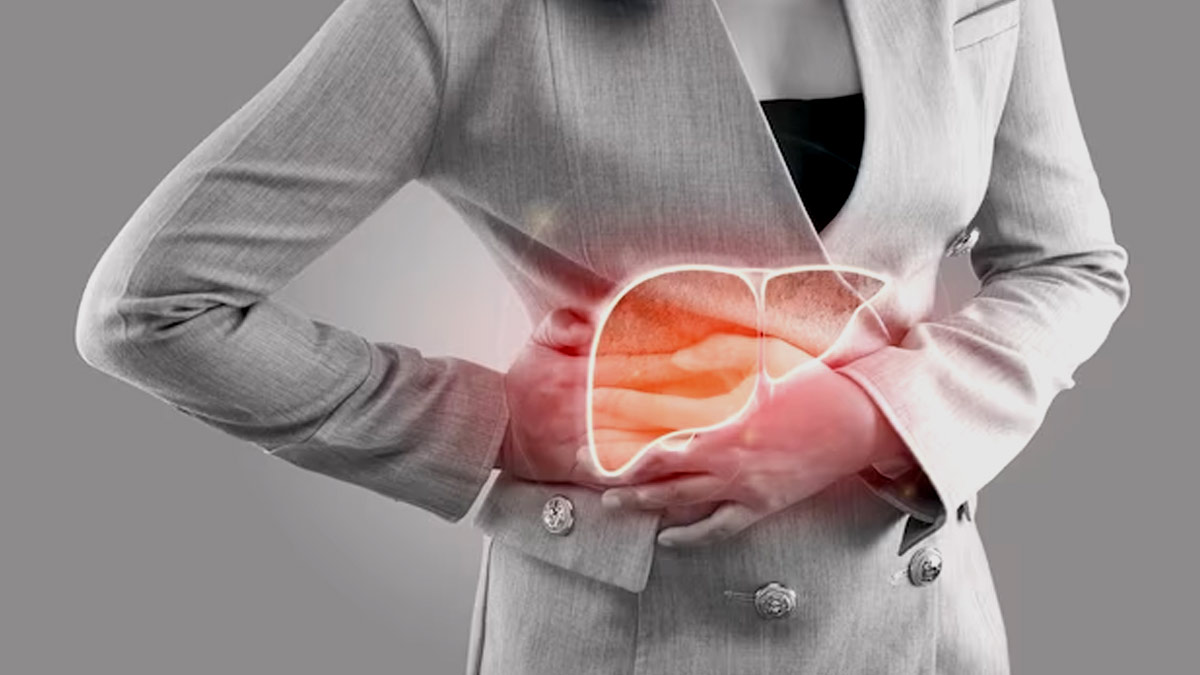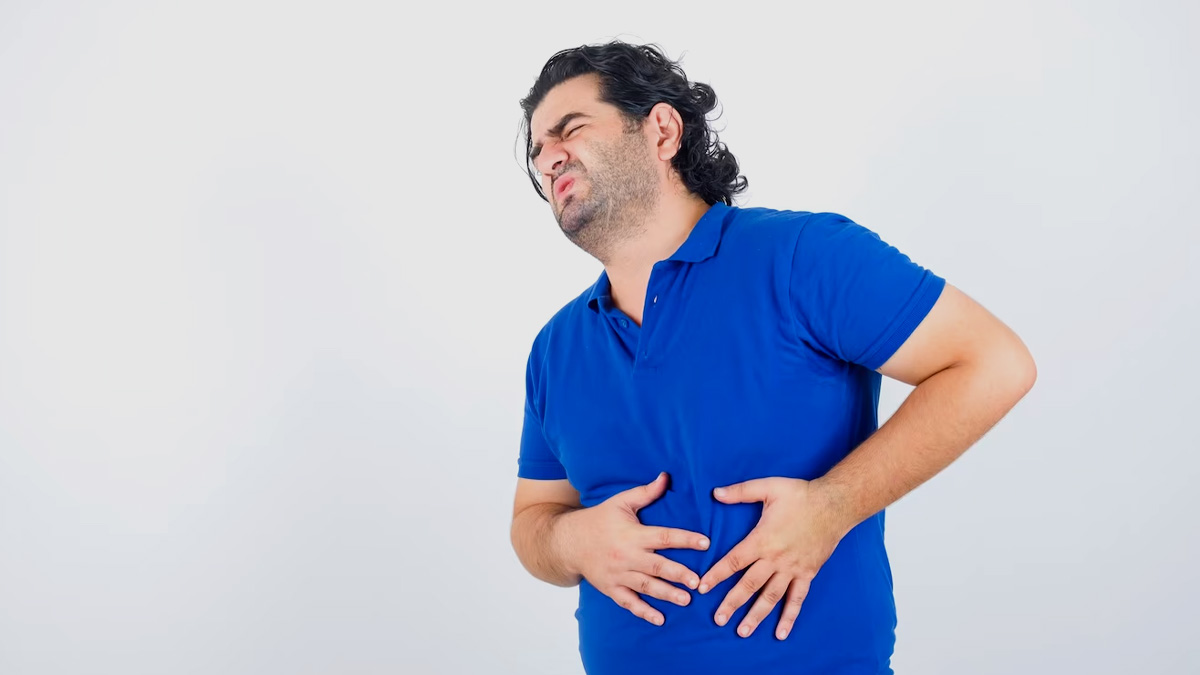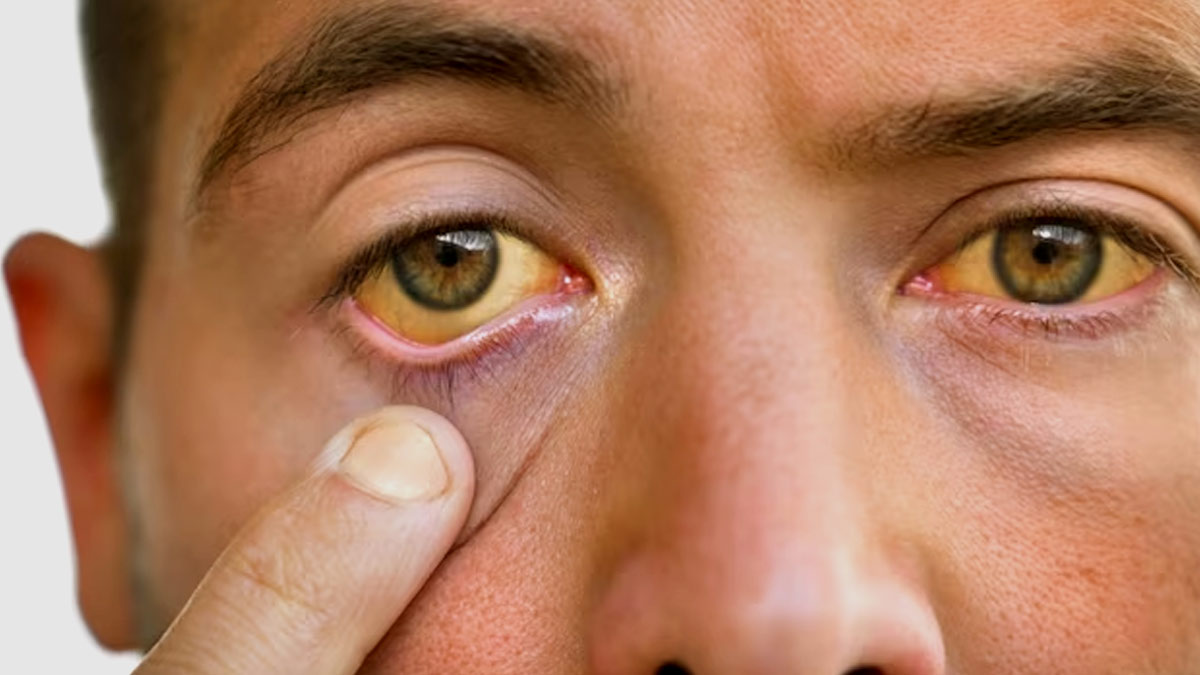

As the world commemorates World Hepatitis Day on July 28th, the focus this year is on raising awareness about liver-related diseases, including the rapidly growing epidemic of fatty liver disease. While there are many signs of fatty liver illness, digestive issues can be a significant indicator. To know more about it, we spoke to Dr Adi Rakesh Kumar, Consultant Gastroenterologist, Therapeutic Endoscopist and Endocrinologist, Yashoda Hospitals, Hyderabad.
“Fatty liver disease is characterised by the accumulation of fat in the liver cells, which can be attributed to two main types: Alcoholic Fatty Liver Disease (AFLD) and Non-Alcoholic Fatty Liver Disease (NAFLD),” said Dr Kumar. He added that the latter is more prevalent and occurs in individuals who consume little to no alcohol.
Dr Kumar said that fatty liver disease is a rapidly growing epidemic in India. According to a study published in the Journal of Clinical and Experimental Hepatology, the prevalence rate of adult NAFLD in India ranges from 6.7% to 55.1%. “Thus, it is essential to understand the implications of this condition and the warning signs that may indicate severe fatty liver illness,” said Dr Kumar.

Also Read: Fatty Liver Disease: Expert Explains Risk Factors And Prevention Tips
Identifying Digestive Issues Associated with Fatty Liver Disease
“Liver specialists often encounter cases of fatty liver incidentally, either through ultrasound screenings or altered liver function tests,” said Dr Kumar. “While the disease may not always present with obvious symptoms, certain digestive issues may raise suspicion and prompt individuals to seek medical advice,” he added.
Indigestion or Upset Stomach
“One of the common symptoms experienced by people with fatty liver disease is discomfort in the upper abdomen, which can manifest as indigestion, bloating, or a feeling of fullness,” he said.
Abdominal Pain

Dr Kumar said that mild to moderate abdominal pain, typically located in the upper right part of the abdomen, where the liver is situated, may be an indication of fatty liver disease.
Loss of Appetite
“Fatty liver disease can lead to a reduced appetite and a feeling of not wanting to eat, often resulting in unintended weight loss,” said Dr Kumar.
Jaundice

“In severe cases of fatty liver disease, where there is inflammation and liver cell damage, jaundice may occur, characterised by a yellowing of the skin and the whites of the eyes,” said Dr Kumar.
Also Read: Jaundice: Early Symptoms To Know
Fatigue and Weakness
“While not directly a digestive issue, fatigue and weakness are common symptoms of fatty liver disease and can significantly impact an individual’s overall well-being,” said the doctor.
Taking Steps Towards Diagnosis and Management
“Given that fatty liver disease may not always present noticeable symptoms, routine blood tests, imaging studies, such as ultrasound, Computerised Tomography (CT) scan or Magnetic Resonance Imaging (MRI),” said Dr Kumar.
“In some cases, a liver biopsy may be necessary for diagnosis. Early detection is crucial as it allows healthcare professionals to implement appropriate strategies for managing the disease effectively,” he added.
Conclusion
If you or someone you know is experiencing any of these symptoms or suspects they may have fatty liver disease, it’s essential to consult a healthcare professional for proper evaluation, diagnosis, and management. Fortunately, fatty liver disease can often be managed and even reversed with lifestyle changes, such as adopting a healthier diet, engaging in regular exercise, and, in the case of NAFLD, avoiding excessive alcohol consumption.
[Disclaimer: This article is for informational purposes only. Consult your healthcare provider to get a thorough diagnosis and treatment as per your health needs.]
Image Credits: freepik
اكتشاف المزيد من ينبوع المعرفة
اشترك للحصول على أحدث التدوينات المرسلة إلى بريدك الإلكتروني.
